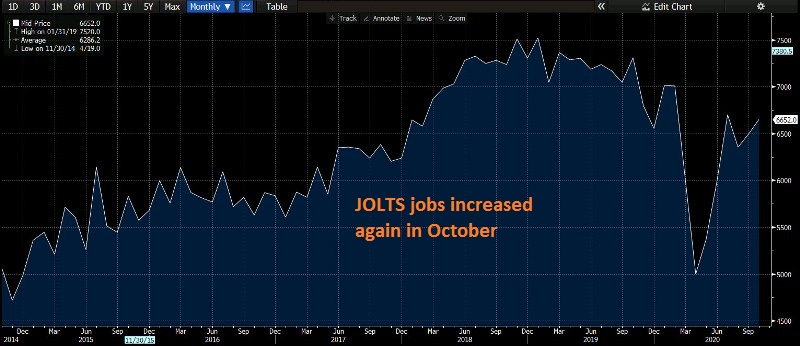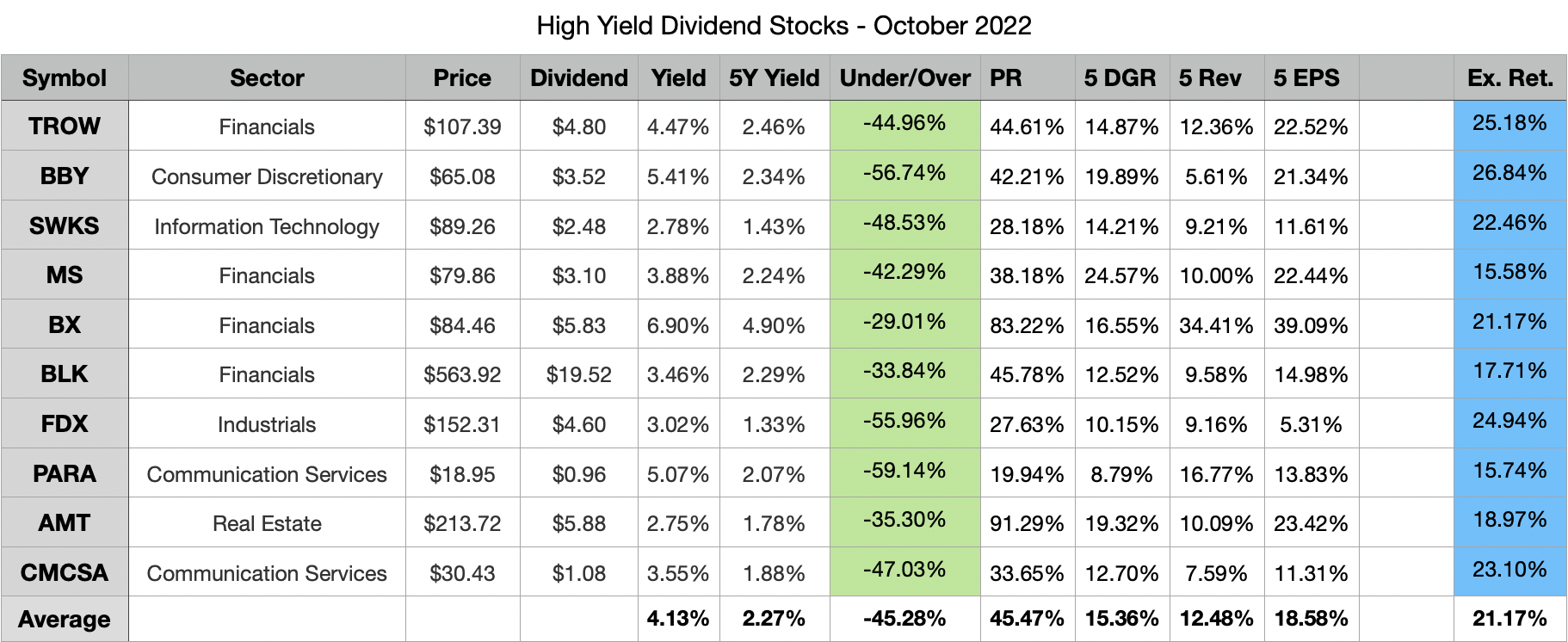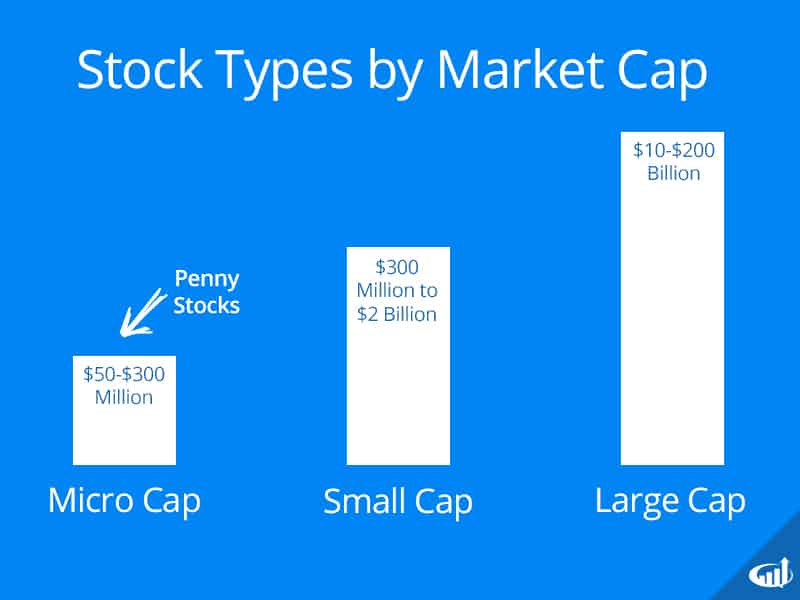
While investing is a long-term endeavor, day trading requires a daily commitment. Trading is most profitable in the morning when stocks are active and the market is open. Stock activity tends decrease by the time lunchtime arrives in New York.
Margin requirements
There are fundamental differences between day trades and other types, but one thing remains the same: every type of investing requires margin. The strategy chosen by day traders will determine whether the margin required to trade day is higher or lower. Some brokers restrict the leverage trader has to purchase and sell stocks. Using a 2 to 1 leverage ratio, for example, will require the trader to have at least 50% excess equity in their accounts. This requirement is especially important if there is an intraday margin call. If you are unable to pay the call, you might find yourself in an untenable position.
Day traders' margin requirements are typically higher than those for investors. A day trader must have at least $25,000 in equity, while an investor needs $2,000 to meet the minimum equity requirements. This difference in margin requirements makes it difficult for one day trader to cross-guarantee another.

Costs of trading
There are some key differences between both types of trading. Day traders make short-term purchases and sell, while investors have long-term investments. Day traders' trading expenses depend on how many transactions they make daily, while investors' costs are based upon capital gains taxes and management costs. Both types of investors need to be mindful to limit their risk and not take on too much.
Day traders must monitor the market around the clock, monitoring dozens of ticker quotes and trying to identify trends. You also need to consider the high costs of day traders, such as commissions, IT support, and training. Day traders should know how much they must earn before they break-even.
Risk levels
Day traders and investors are at different risk levels. An investor is more likely take calculated risks. A speculator, however, can take high-risk risks on high risk companies or organisations in the hope that they will make abnormally high returns. Both approaches can result in different outcomes and may be different ways of investing.
Tax implications
However, investing in stocks and bonds is one way of making profits. It also has its tax implications. Day traders do not have to pay taxes. Day traders, on the other hand, must pay taxes on their gains. Day traders cannot claim a deduction from taxes for trading expenses. This is in contrast to long-term investors. Short-term gains are therefore subject to ordinary income rates.

Day traders are able to make huge profits. These profits can often be taxed capital gains. This means that they are subject the capital gains tax regime. Due to the volatility of equity markets, millions have been forced to work from home. This has seen an unprecedented increase of day traders. However, day trading stocks is high-risk and could threaten retirement security.
Tools
Day traders use a brokerage account to place their trades, and their tools of choice include fundamental research, stock charts, and news releases. There are many similarities between day trading and investing, but there are also important differences. Day traders are able to make the most of price movements over short periods of times and then exit their positions for a profit. Both are taxable.
Day traders need trading platforms that allow them to quickly make decisions and minimize costs. Day traders need to be able to do solid fundamental research and use low-cost trading tools. While they don't require the same tools as investors for trading, they do need a platform that is easy to use and navigate.
FAQ
What are the benefits to owning stocks
Stocks are less volatile than bonds. The value of shares that are bankrupted will plummet dramatically.
If a company grows, the share price will go up.
In order to raise capital, companies usually issue new shares. Investors can then purchase more shares of the company.
Companies use debt finance to borrow money. This allows them to borrow money cheaply, which allows them more growth.
A company that makes a good product is more likely to be bought by people. Stock prices rise with increased demand.
The stock price will continue to rise as long that the company continues to make products that people like.
Why is it important to have marketable securities?
An investment company's primary purpose is to earn income from investments. It does this by investing its assets in various types of financial instruments such as stocks, bonds, and other securities. These securities offer investors attractive characteristics. They can be considered safe due to their full faith and credit.
It is important to know whether a security is "marketable". This is the ease at which the security can traded on the stock trade. You cannot buy and sell securities that aren't marketable freely. Instead, you must have them purchased through a broker who charges a commission.
Marketable securities include common stocks, preferred stocks, common stock, convertible debentures and unit trusts.
These securities are often invested by investment companies because they have higher profits than investing in more risky securities, such as shares (equities).
How are securities traded
The stock market allows investors to buy shares of companies and receive money. Companies issue shares to raise capital by selling them to investors. Investors then resell these shares to the company when they want to gain from the company's assets.
Supply and Demand determine the price at which stocks trade in open market. The price rises if there is less demand than buyers. If there are more buyers than seller, the prices fall.
Stocks can be traded in two ways.
-
Directly from the company
-
Through a broker
What is the purpose of the Securities and Exchange Commission
SEC regulates securities brokers, investment companies and securities exchanges. It enforces federal securities laws.
Who can trade in the stock market?
The answer is everyone. There are many differences in the world. Some have greater skills and knowledge than others. They should be rewarded.
There are many factors that determine whether someone succeeds, or fails, in trading stocks. If you don't understand financial reports, you won’t be able take any decisions.
So you need to learn how to read these reports. You need to know what each number means. Also, you need to understand the meaning of each number.
You will be able spot trends and patterns within the data. This will help to determine when you should buy or sell shares.
You might even make some money if you are fortunate enough.
How does the stock market work?
By buying shares of stock, you're purchasing ownership rights in a part of the company. Shareholders have certain rights in the company. A shareholder can vote on major decisions and policies. He/she has the right to demand payment for any damages done by the company. He/she may also sue for breach of contract.
A company cannot issue shares that are greater than its total assets minus its liabilities. It's called 'capital adequacy.'
Companies with high capital adequacy rates are considered safe. Low ratios can be risky investments.
Are bonds tradable?
They are, indeed! Like shares, bonds can be traded on stock exchanges. They have been doing so for many decades.
You cannot purchase a bond directly through an issuer. They can only be bought through a broker.
This makes buying bonds easier because there are fewer intermediaries involved. This means that selling bonds is easier if someone is interested in buying them.
There are many kinds of bonds. Some pay interest at regular intervals while others do not.
Some pay interest annually, while others pay quarterly. These differences allow bonds to be easily compared.
Bonds are very useful when investing money. In other words, PS10,000 could be invested in a savings account to earn 0.75% annually. If you were to invest the same amount in a 10-year Government Bond, you would get 12.5% interest every year.
If all of these investments were accumulated into a portfolio then the total return over ten year would be higher with the bond investment.
How are Share Prices Set?
Investors are seeking a return of their investment and set the share prices. They want to make a profit from the company. They then buy shares at a specified price. Investors will earn more if the share prices rise. If the share value falls, the investor loses his money.
An investor's main goal is to make the most money possible. They invest in companies to achieve this goal. They are able to make lots of cash.
Statistics
- Ratchet down that 10% if you don't yet have a healthy emergency fund and 10% to 15% of your income funneled into a retirement savings account. (nerdwallet.com)
- Our focus on Main Street investors reflects the fact that American households own $38 trillion worth of equities, more than 59 percent of the U.S. equity market either directly or indirectly through mutual funds, retirement accounts, and other investments. (sec.gov)
- US resident who opens a new IBKR Pro individual or joint account receives a 0.25% rate reduction on margin loans. (nerdwallet.com)
- Even if you find talent for trading stocks, allocating more than 10% of your portfolio to an individual stock can expose your savings to too much volatility. (nerdwallet.com)
External Links
How To
How to make a trading plan
A trading plan helps you manage your money effectively. This allows you to see how much money you have and what your goals might be.
Before you begin a trading account, you need to think about your goals. You may want to make more money, earn more interest, or save money. If you're saving money you might choose to invest in bonds and shares. You can save interest by buying a house or opening a savings account. Perhaps you would like to travel or buy something nicer if you have less money.
Once you know what you want to do with your money, you'll need to work out how much you have to start with. This depends on where you live and whether you have any debts or loans. Also, consider how much money you make each month (or week). Income is what you get after taxes.
Next, you'll need to save enough money to cover your expenses. These include bills, rent, food, travel costs, and anything else you need to pay. These all add up to your monthly expense.
The last thing you need to do is figure out your net disposable income at the end. This is your net disposable income.
You now have all the information you need to make the most of your money.
To get started, you can download one on the internet. You could also ask someone who is familiar with investing to guide you in building one.
Here's an example spreadsheet that you can open with Microsoft Excel.
This is a summary of all your income so far. You will notice that this includes your current balance in the bank and your investment portfolio.
And here's a second example. This was created by a financial advisor.
It will help you calculate how much risk you can afford.
Remember: don't try to predict the future. Instead, think about how you can make your money work for you today.